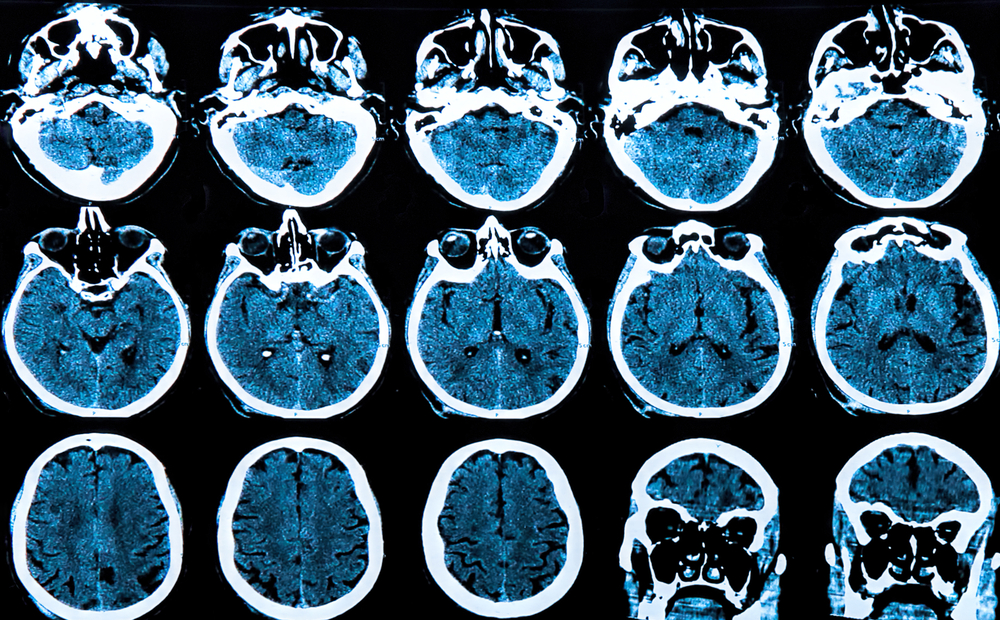Alzheimer’s, multiple sclerosis (MS), type 1 diabetes and Parkinson’s disease (PD) are some of the most devastating and widespread diseases that humans face. There are as yet no cures – but could that be set to change following the discovery of a single ‘hub gene’ that might unlock their secrets?
While research is still in its infancy, the CLEC16A gene is increasingly emerging as the ‘master regulator of autoimmunity and neurodegeneration’. Faults in this gene appear to be at the root both of conditions categorised as autoimmune, e.g. MS, Crohn’s disease and rheumatoid arthritis, and those considered neurodegenerative, such as PD and Alzheimer’s.
As researchers’ understanding of CLEC16A expands, so too does the chance of developing therapies to target it – potentially revolutionising treatment for a huge range of debilitating and deadly diseases.
Why CLEC16A matters
CLEC16A (C-type lectin domain family 16, member A) is best viewed as the body’s recycler-in-chief.
It is crucial in overseeing the removal and regeneration of damaged cells (autophagy) and mitochondria (mitophagy). When these processes are disrupted, impaired cells and mitochondria accumulate, leading to oxidative and endoplasmic reticulum (ER) stress that trigger inflammatory cytokine signalling and cause the immune system to dysfunction.
It’s this inflammation that is now widely accepted as the underlying cause for autoimmune conditions in general. And increasingly, it’s linked to neurodegenerative diseases too.
Genome-wide association studies (GWAS) have found that CLEC16A variants that disrupt autophagy and mitophagy are associated with no fewer than 18 diseases, making the gene a crucial target for medical research and therapeutic intervention.
From autoimmune to Parkinson’s: the shared connection
A recent study further explored this connection. It looked at five CLEC16A variants that had previously been linked to autoimmune disorders in a Han Chinese population comprising of 515 sporadic PD patients and 504 controls.
The study found that two of the five variants – rs6498169 and rs7200786 – were significantly associated with PD susceptibility. Rs6498169 was also associated with the PD subtype of postural instability and gait difficulty. Functional annotation analyses suggested that rs6498169 had high probability to affect transcription factor binding and target gene expression.
Haplotype analysis showed that the AAG module in the order of rs6498169, rs12708716, and rs2903692 was associated with the highest risk for PD.
However, while the A of rs6498169 and the G of rs7200786 are recessive risk alleles for PD, earlier studies found they were protective against the autoimmune disorders multiple sclerosis and rheumatoid arthritis, pointing to separate pathophysiological pathways.
The findings suggest a pleiotropic role of CLEC16A and strengthen the link between PD and autoimmune diseases, underscored by the role of autophagy and inflammation in both.
The opportunity for treatment
As a growing body of research links CLEC16A to an ever-widening range of conditions, there is considerable buzz in medical research and pharmaceutical circles about the prospect of drugs specifically targeting the gene and its variants.
Currently, there are none – though it is possible that certain existing drugs could be repurposed. Given the complexities of each linked condition, it is likely any such therapies would have to be used in combination.
More enticingly, this area offers a high-value opportunity for streamlined therapeutic innovation: precision medicine guided by genetic risk, with targeted therapies for specific genetic subgroups.
And it opens up the prospect that just one novel drug could treat multiple debilitating conditions: a pharmaceutical holy grail.
From research to reality
R&D into CLEC16A therapies is at an early stage, but potentially represents a treatment breakthrough for an extraordinary number of patients.
Take Alzheimer’s: there are 57 million people living with this condition worldwide, with 10 million new cases each year. Multiple sclerosis affects 1.8 million people worldwide, often starting in young adulthood. There are 8.5 million people with PD, and its prevalence is increasing rapidly. And nine million people have type 1 diabetes, requiring insulin injections for survival.
Pharma is increasingly focusing on the ‘hub genes’ underlying such apparently separate diseases, as well as on immune-genetic convergence. If one single therapy could cure or slow the progression of one or more of these conditions, it would revolutionise modern medicine.
At Arctic Therapeutics, we are developing a new treatment targeting CLEC16A. AT-003 is a small-molecule mitophagy and autophagy modulator that aims to counteract the consequences of aberrant CLEC16A activity.
We believe we have identified a pathway from a genetic discovery to safe and effective treatment for tens of millions of people affected by multiple conditions globally. And we are determined to turn our research into reality.
Why CLEC16A R&D matters
Understanding of the shared pathways of autoimmune and neurodegenerative disorders has come on in leaps and bounds in recent years. Researchers now have a golden opportunity to develop truly transformative treatment for multiple conditions, changing the face of modern medicine.

